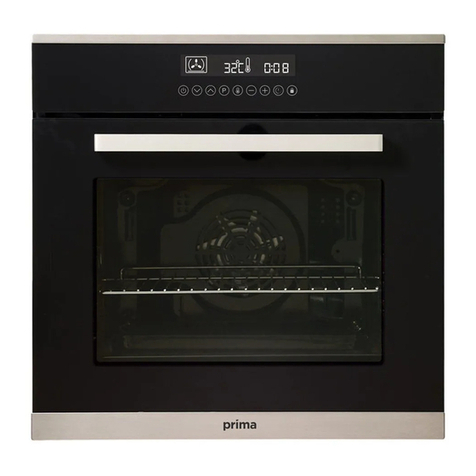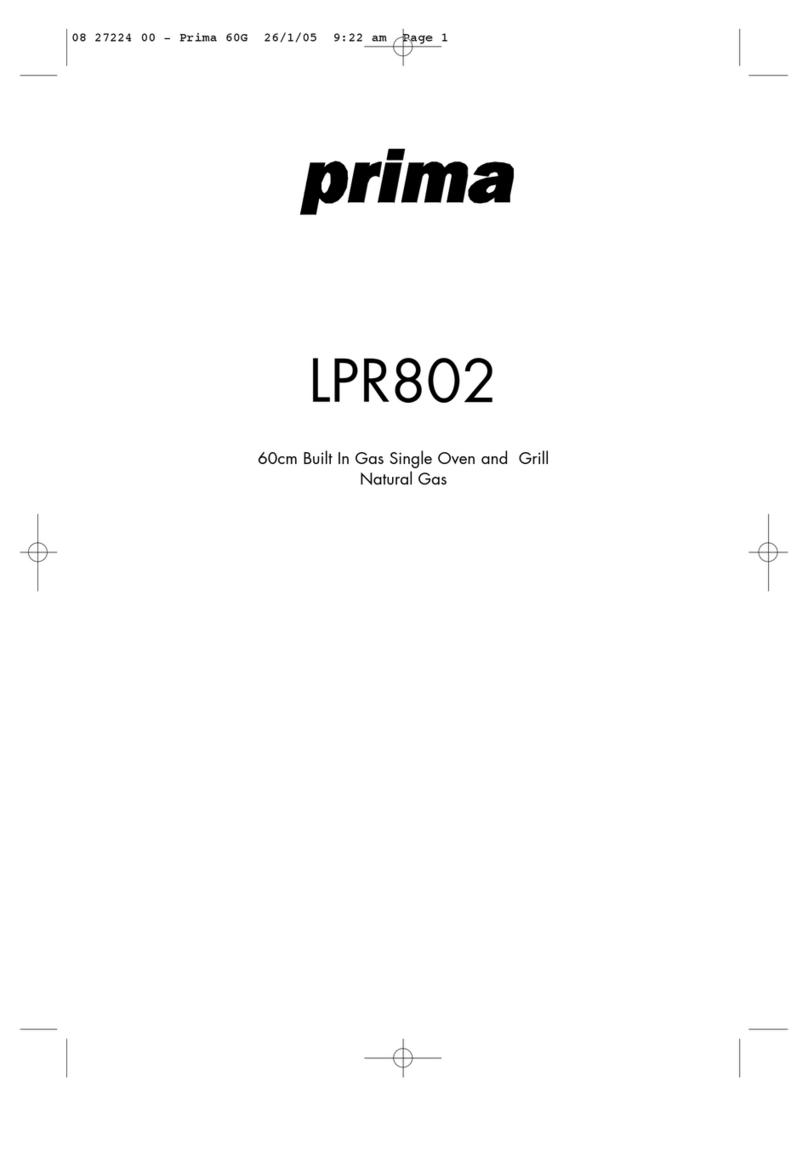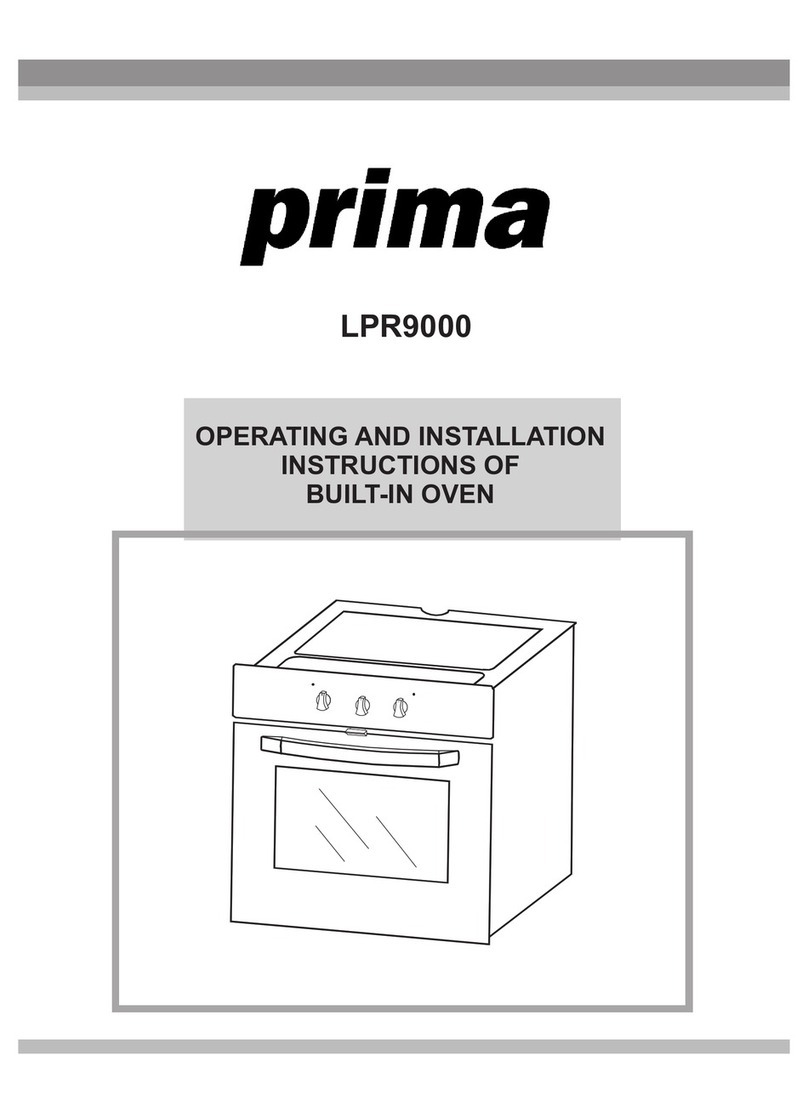Prima LPR808 Instruction Manual




















Other manuals for LPR808
1
Table of contents
Other Prima Oven manuals
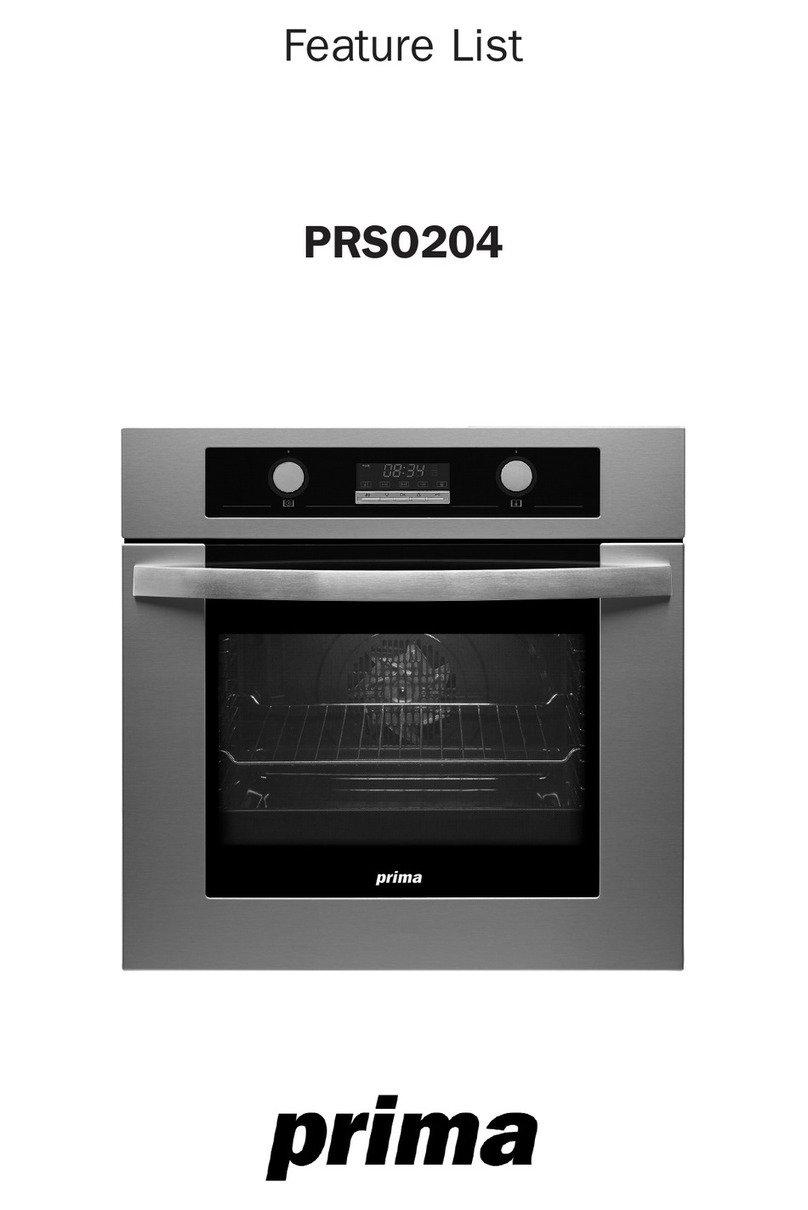
Prima
Prima PRSO204 Owner's manual
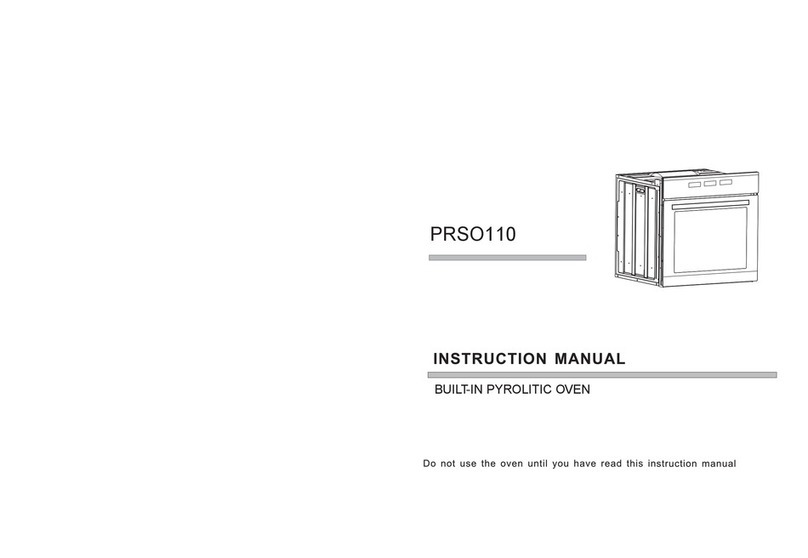
Prima
Prima PRSO110 User manual

Prima
Prima LPR 9020 User manual
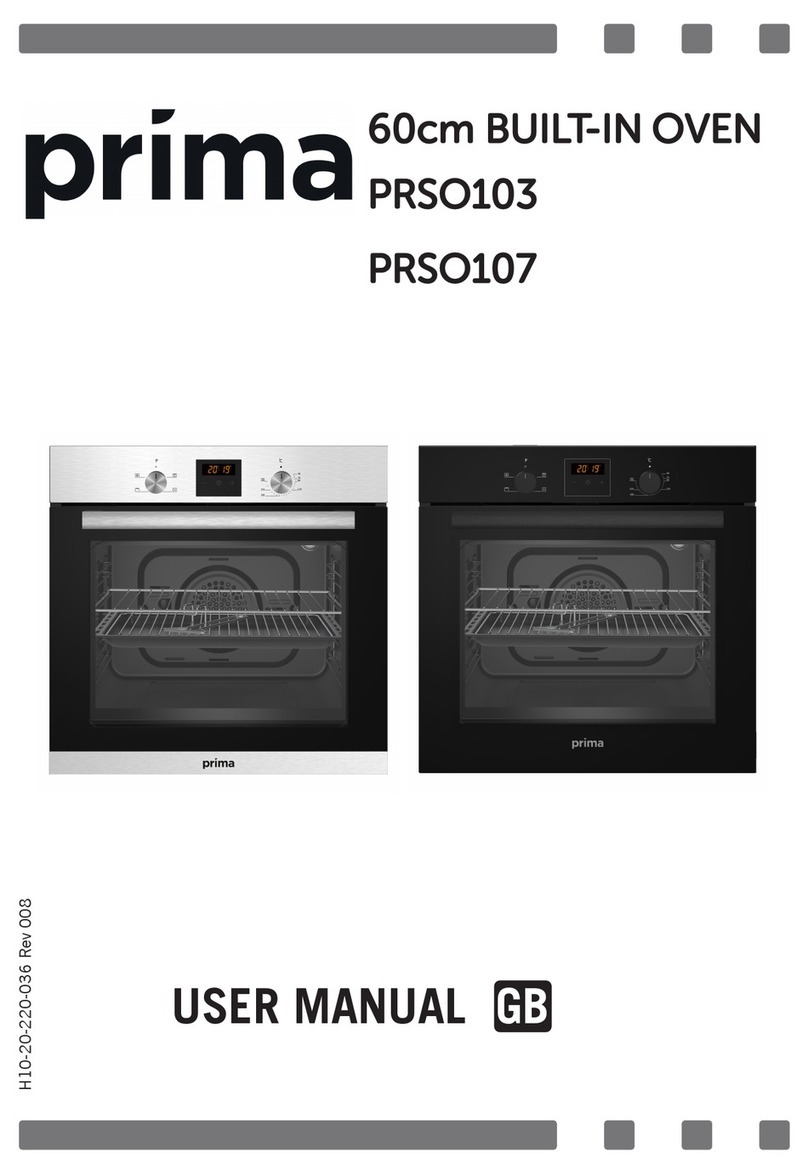
Prima
Prima PRSO103 User manual

Prima
Prima lpr9030 User manual
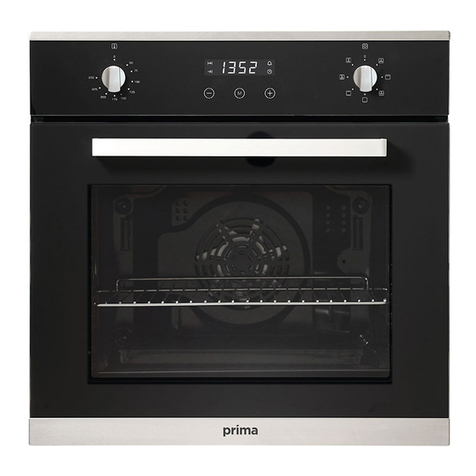
Prima
Prima PRSO106 User manual
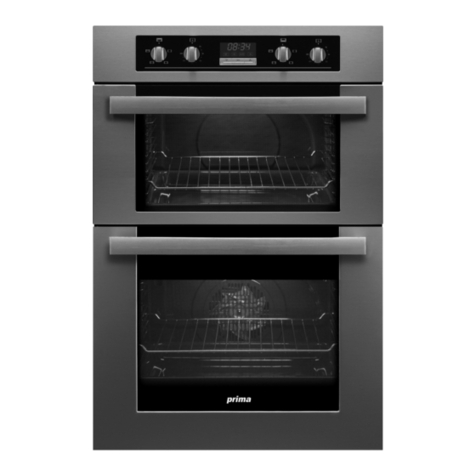
Prima
Prima PRDO 202 Owner's manual
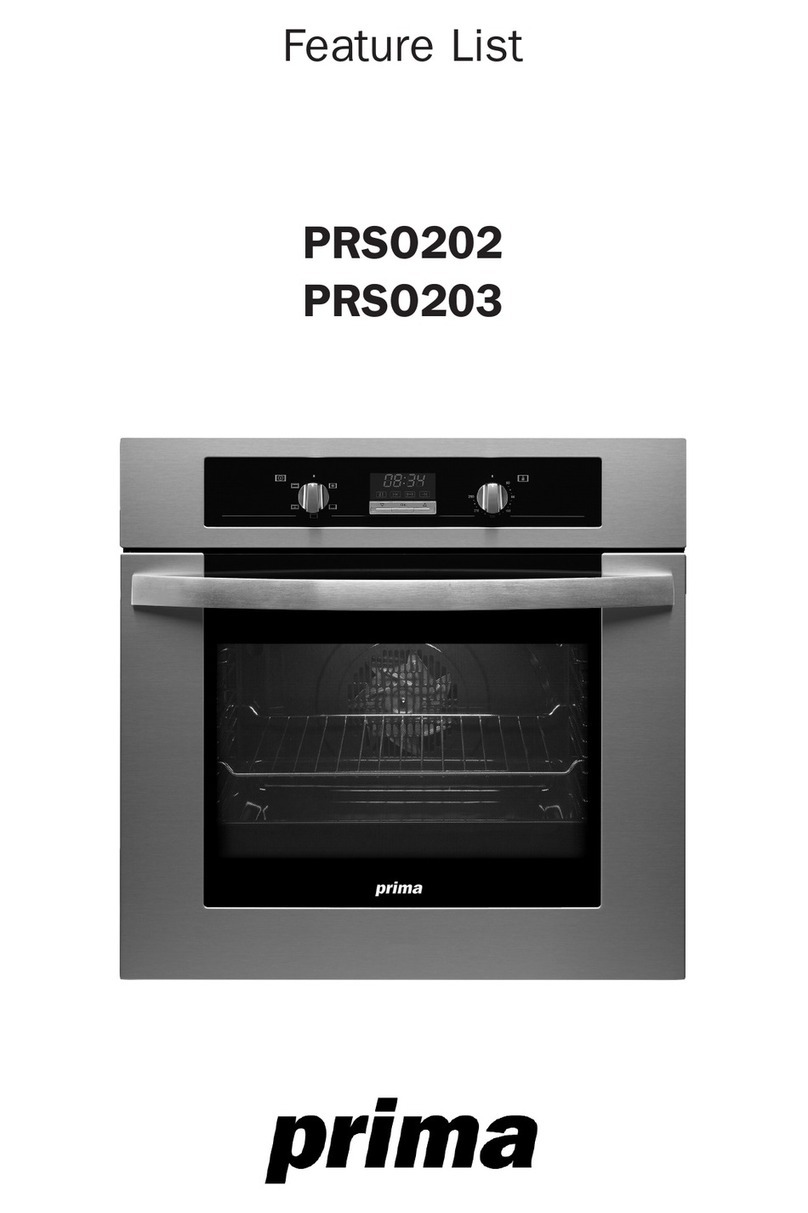
Prima
Prima PRSO202 Owner's manual
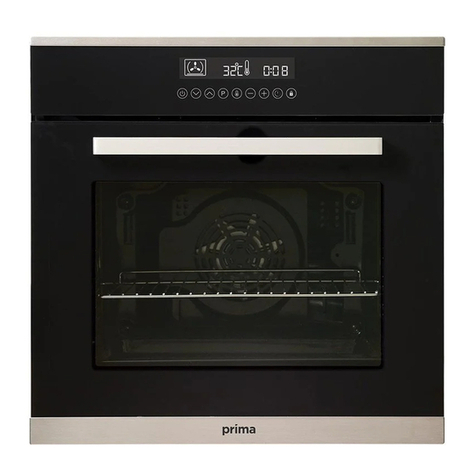
Prima
Prima PRSO110 User manual

Prima
Prima LPR 9022 Operating and installation instructions
Popular Oven manuals by other brands
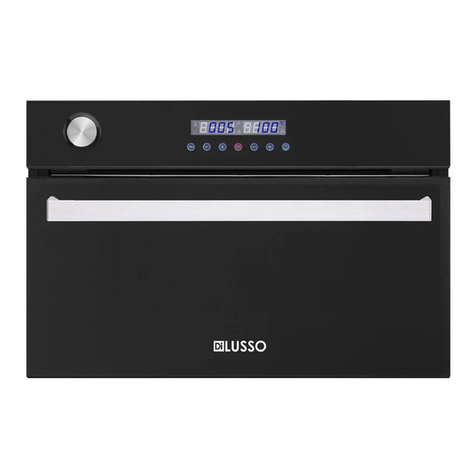
diLUSSO
diLUSSO SO60BBBI Installation and operating manual
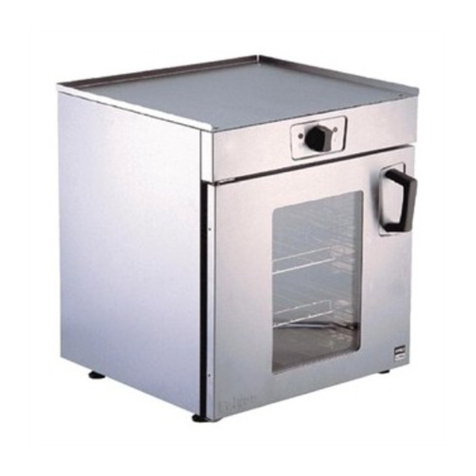
ProLite
ProLite LD64 Installation, servicing and user instructions

German pool
German pool sgv-2618 operating instructions
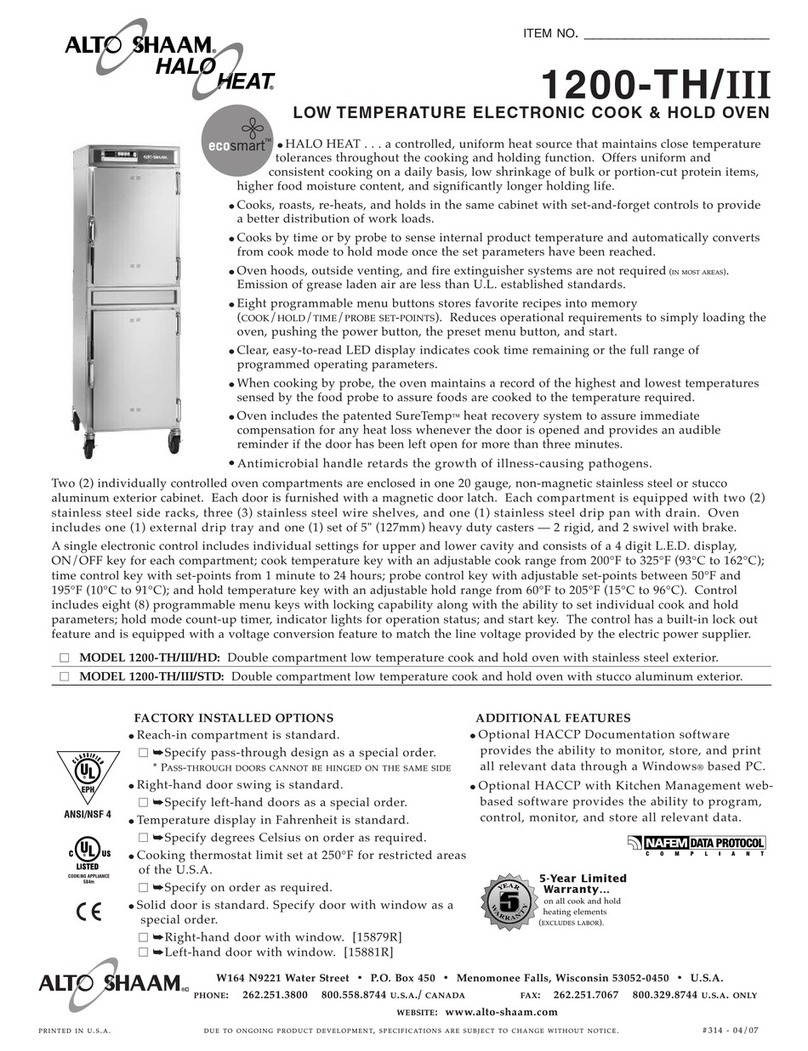
Alto-Shaam
Alto-Shaam 1200-TH/III Specifications
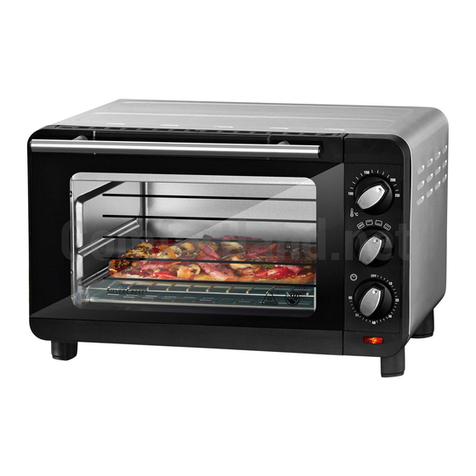
Silvercrest
Silvercrest SGB 1200 A1 operating instructions
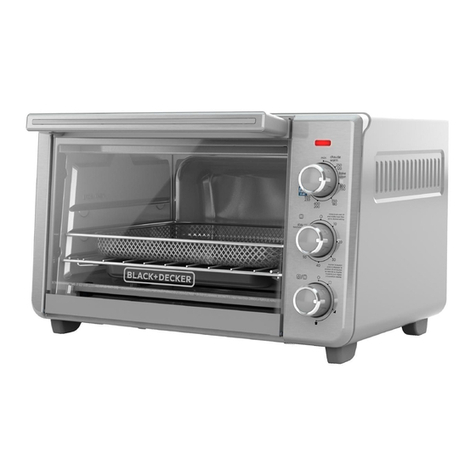
BLACK DECKER
BLACK DECKER TO3217SSC use and care manual
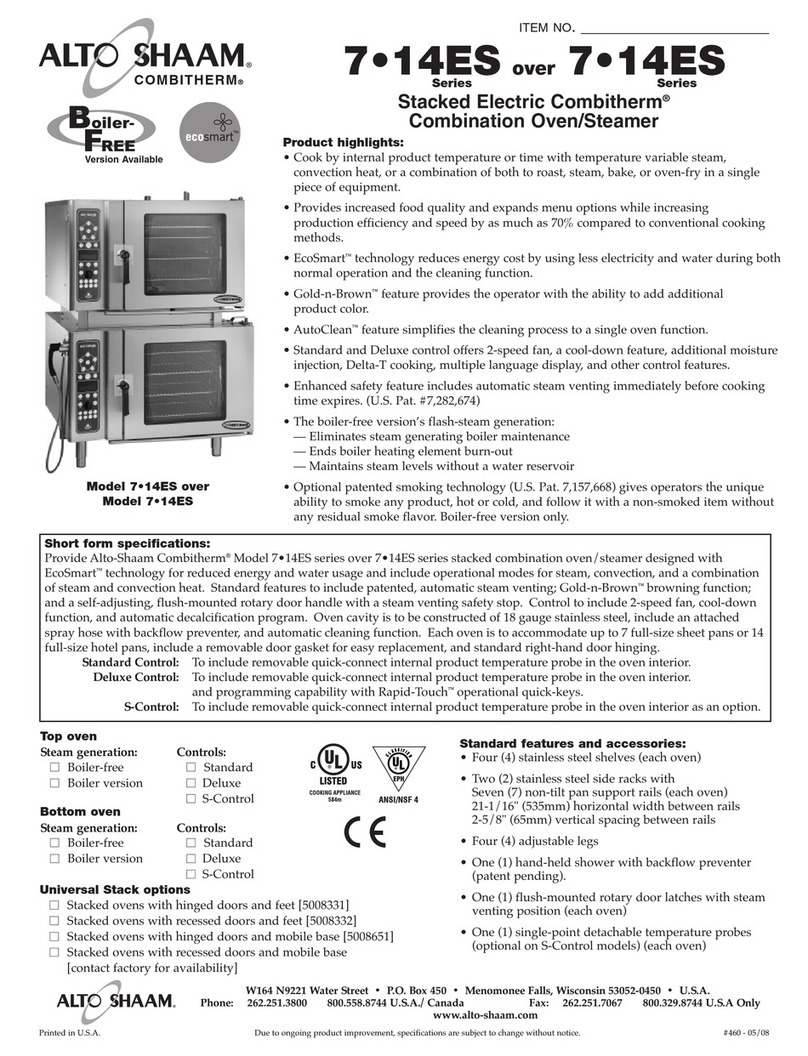
Alto-Shaam
Alto-Shaam CombiTouch 7.14es Specification sheet
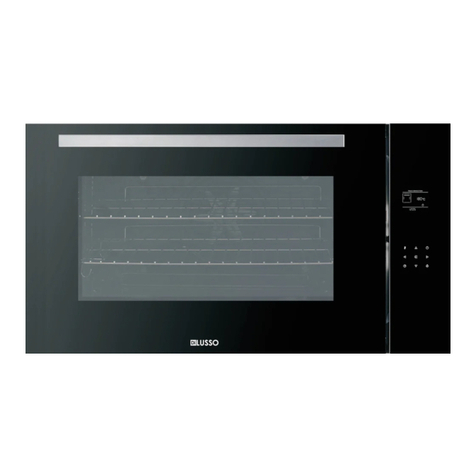
diLUSSO
diLUSSO OV911TBL Installation and operating manual

Calflame
Calflame BBQ14967E owner's manual

Range Master
Range Master Classic Deluxe 90 Induction User's guide & installation instructions

Range Master
Range Master CLassic / Professional +Kitchener / Hi-LITE User's guide & installation instructions

NUVU
NUVU SUB-123P owner's manual

Welbilt
Welbilt Convotherm OES mini easyTouch installation manual
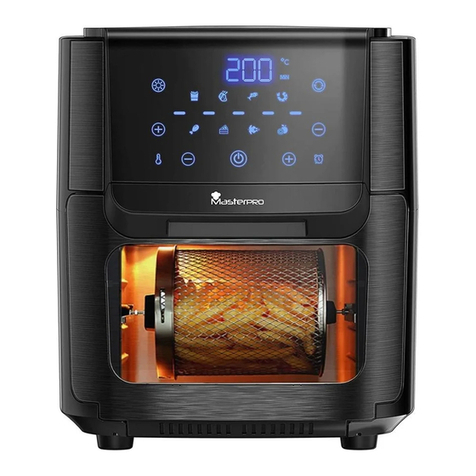
Masterpro
Masterpro FOODIES BGMP-9168 instruction manual

Alto-Shaam
Alto-Shaam COMBITOUCH SERIES 6 10ESG Specifications
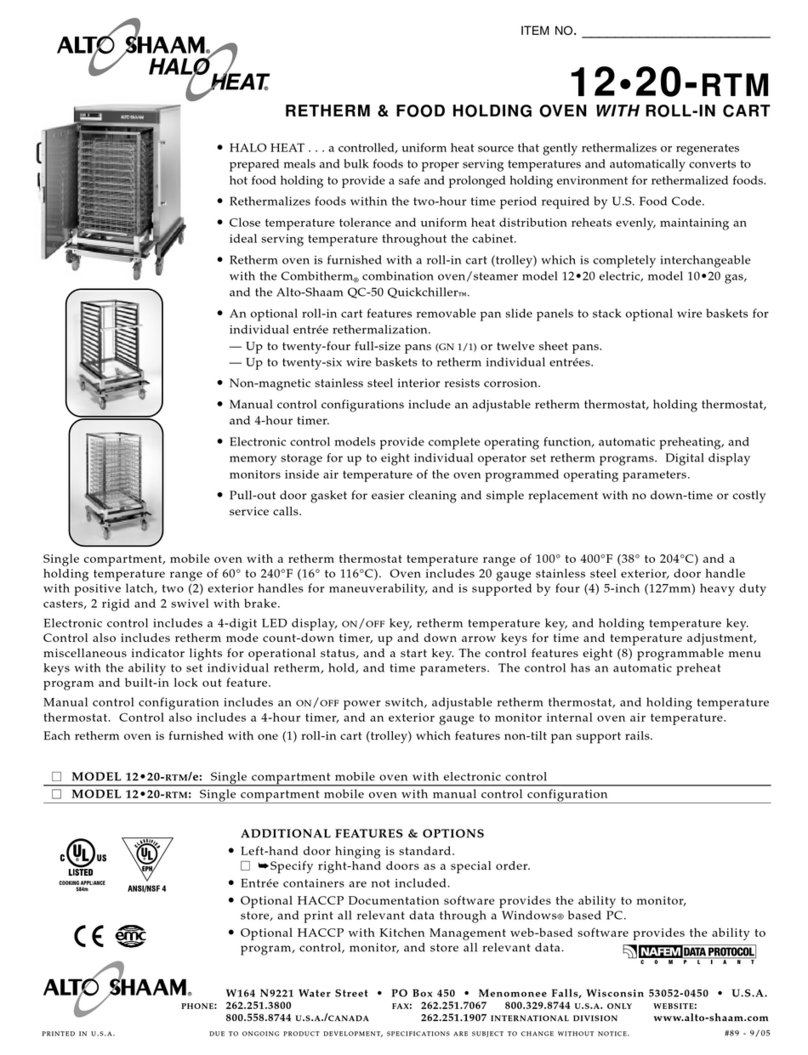
Alto-Shaam
Alto-Shaam 12-20-RTM Specifications
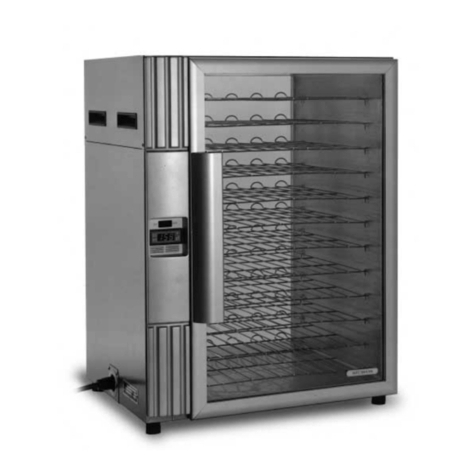
Alto-Shaam
Alto-Shaam 600-LVD Installation operation & maintenance
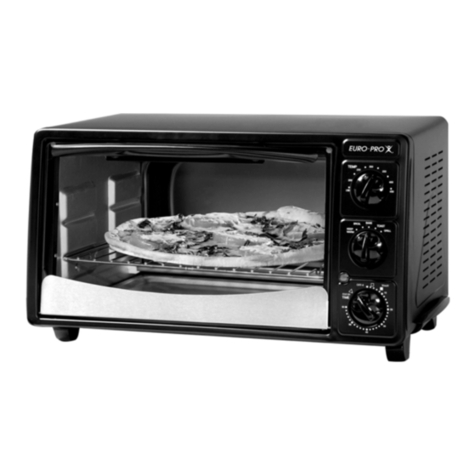
EUROPRO
EUROPRO TO158L owner's manual
